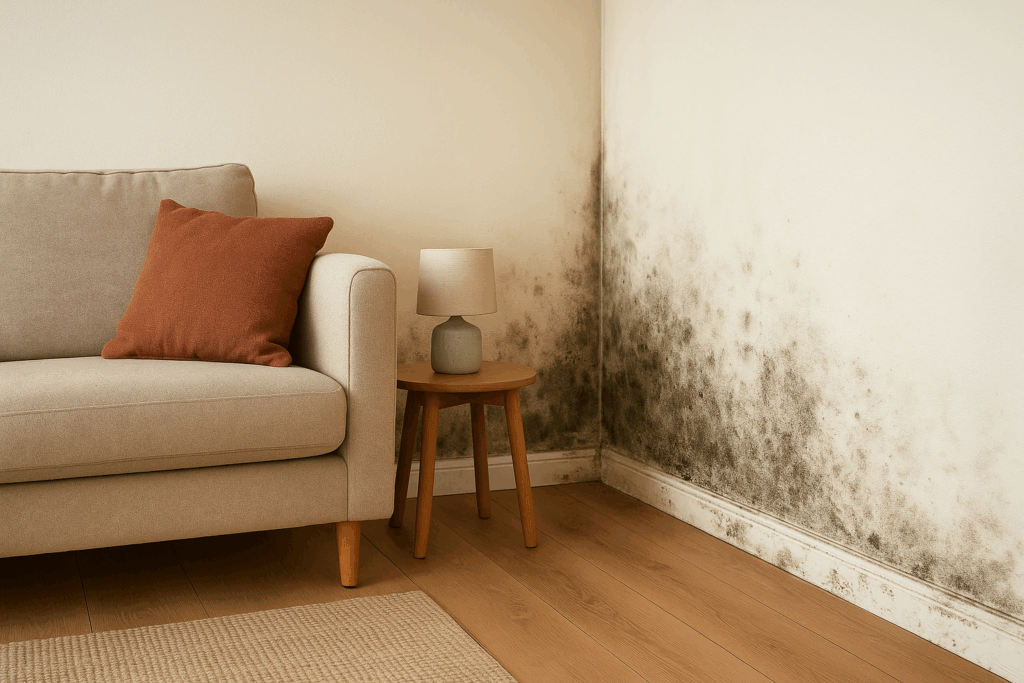June 14th, 2024, marks the seventh anniversary of the Grenfell Tower fire, which claimed 72 lives and left an indelible mark on the country.
As we reflect on Grenfell once more, it’s crucial to examine the legislative changes implemented in the aftermath of the tragedy and the ongoing challenges in ensuring fire safety in high-rise buildings.
The Hackitt Review and Resulting Legislation
The Grenfell Tower fire exposed severe inadequacies in fire safety regulations and building materials.
In response, the government launched the Independent Review of Building Regulations and Fire Safety, led by Dame Judith Hackitt.
The review outlined 53 recommendations to overhaul the UK’s building and fire safety regulations.
The Fire Safety Act 2021 clarifies that the Regulatory Reform (Fire Safety) Order 2005 applies to the structure, external walls, and flat entrance doors of multi-occupied residential buildings.
Additionally, the Building Safety Act 2022 introduces a new regulatory regime for high-rise residential buildings and establishes the Building Safety Regulator (BSR).
New Fire Safety Rules for Blocks of Flats
Following the Grenfell Tower fire, the government introduced new fire safety rules that took effect between October 2023 and April 2024:
Mid-rise Blocks (11+ metres)
- Updated guidance advising that new blocks of flats at least 11 metres high should have sprinklers.
- Responsible persons must check flat entrance doors annually and fire doors in communal areas every three months.
High-rise Blocks (18+ metres or 7+ storeys)
- Banned combustible materials on external walls of new high-rise blocks.
- Updated guidance advising new high-rise blocks should have evacuation alert systems and a second staircase from 2026.
- Developers must obtain BSR approval to build or carry out work on high-rise blocks.
- Responsible persons must regularly check firefighting equipment.
- Introduced the role of ‘accountable person’ responsible for ‘building safety’.
- Accountable persons must assess and manage ‘building safety risks’ and prepare ‘safety case reports’ for the BSR.
Ongoing Challenges and Concerns
Despite legislative changes, progress in ensuring fire safety has been slow.
Many high-rise buildings still have dangerous cladding, and the government’s £5 billion Building Safety Fund has faced criticism for inadequacy and slow disbursement.
The Grenfell Inquiry continues to uncover systemic failures and shortcomings in fire safety practices, highlighting the need for training for all high-rise building stakeholders.
Residents concerned about fire safety are encouraged to continue to report issues to the responsible person and, if unresolved, to the local fire and rescue service or the BSR for high-rise buildings.
The Grenfell Tower fire remains a sombre call to action for all of us to remain vigilant, hold those in power accountable, and work collectively towards creating safer living environments for everyone.
For expert guidance on fire safety training and compliance, view our emergency fire and first aid course here or contact us today.




